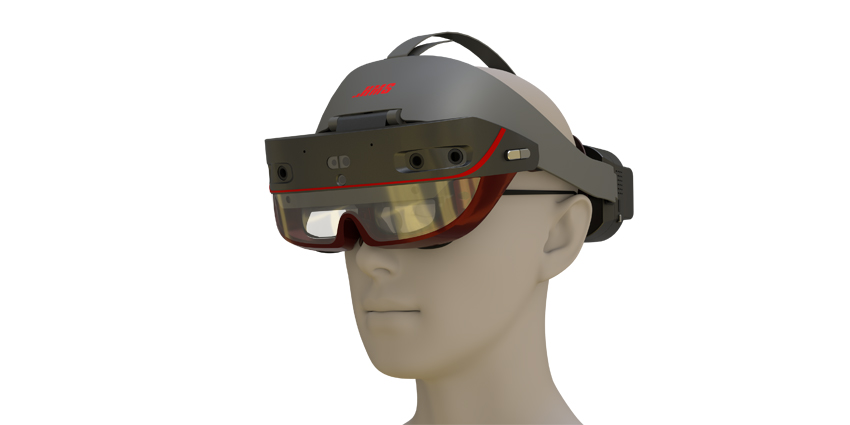Snap Inc acquired KeyDB, an open-source databasing service, for an unconfirmed sum, global tech media reported on Thursday last week.
The purchase enables Snap to transition its immersive augmented reality (AR) platform into an open-source service to improve accessibility and support Snapchat-based technologies.
It also enables in-house Snap developers to reduce operational costs and assist with bandwidth management when creating new immersive experiences for Snap platforms.
Snap will also continue to operate KeyDB following the purchase, where it will integrate internal database improvements to the latter’s services. Also, Snap is running the Pro and Enterprise versions of KeyDB with improved audience reach so that developers can solve community-wide bugs and problems.
The Santa Monica-based enterprise plans to foster relationships with developers using the rebranded KeyDB service to create beneficial community discoveries based on Snap’s new open-source foundation.
$360 Million Quarterly Loss
The news comes after Snap recorded a first-quarter loss of roughly $360 million, according to a Forbes report in April, adding it also missed sales expectations after earning $1.06 billion, despite its $1.07 billion targets.
Despite financial flops, Snap’s user base continues to expand. The report shows that Snap’s user growth increased by 18 percent in the first quarter, reaching 332 million active users.
Due to its expanded user base, Snap continues to purchase technology firms to support its growing eCommerce and immersive technology services. This March, Snap bought neurotech startup NextMind, a French firm developing human-computer interface (HCI) controllers for immersive wearables.
Last year, Snap also unveiled its ‘Spectacles’ AR smartglasses for immersive experiences, which contain a powerful software development kit (SDK), allowing digital designers to create immersive experiences.
The head-mounted display (HMD) also contains dual 3D waveguide displays, a 26.3-degree field of view (FoV), dual spatial audio stereo speakers, and a lightweight 134-gram design.
Snap has not confirmed a release date for its smartglasses, although its execs claim that AR experiences are more important to the extended reality (XR) landscape as Metaverse services emerge.
In an interview with CBS News, Snap’s CEO and Co-Founder, Evan Spiegel, expressed support for governmental regulations of social media platforms. Snap focuses on AR, following years of success with Snapchat’s lens, where the exec stated, “Our big bet is on the real world.”
Spiegel explained further, adding,
“We took all the tools that we were using to build AR effects ourselves and made them available to the whole world so that anyone could build augmented reality lenses and share them with the community. Now there are hundreds of thousands of developers who built over 2.5 million lenses – used by 250 million people every day on Snapchat”
Snap Partner Summit
The news comes after Snap held its yearly Partner Summit in April, where the firm hosted various talks exploring platform updates, partner success stories, and new technologies during its online event.
Snap is updating its AR Lens for improved immersive content creation, as well as its Lens Studio, Camera Kit, and the Spectacles SDK so that third-party developers can easily create experiences for smartphones and upcoming wearables.
The Santa Monica-based firm significantly improved its eCommerce tools for Snapchat and partner applications by offering AR-powered try-on, product visualisation, and asset creation tools.
Snap AR shopping tools are open to brands and individuals via an early access program. Furthermore, Snap’s freshly revealed tools can enhance live events, such as sports or concerts, with AR visualisations.
On the hardware side, Snap introduced Pixy, a small drone which can autonomously follow a user to capture videos or photos.
Pixy users set a flight path to make the drone follow them. In Snap editor, users can add AR filters, lenses, and effects to bolster their footage. Many technology firms like Sony and Heliguys combine XR software with drone hardware to create photogrammetry and digital twin assets.
Additionally, Snap offers Focus, an online training and education hub for marketers. Focus users can take part in online courses, review resources, and gain certifications to give teams the skills needed to take part in the future of advertising.







